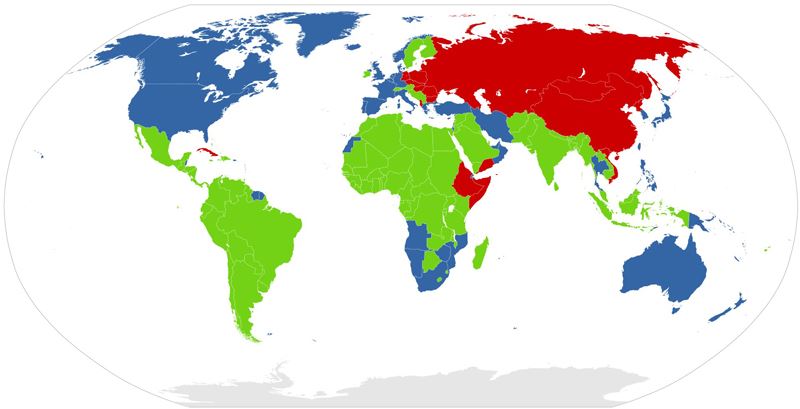
Western Bloc
The Western Bloc, also known as the Free Bloc, the Capitalist Bloc, the American Bloc, and the NATO Bloc, was a coalition of countries that

The Western Bloc, also known as the Free Bloc, the Capitalist Bloc, the American Bloc, and the NATO Bloc, was a coalition of countries that
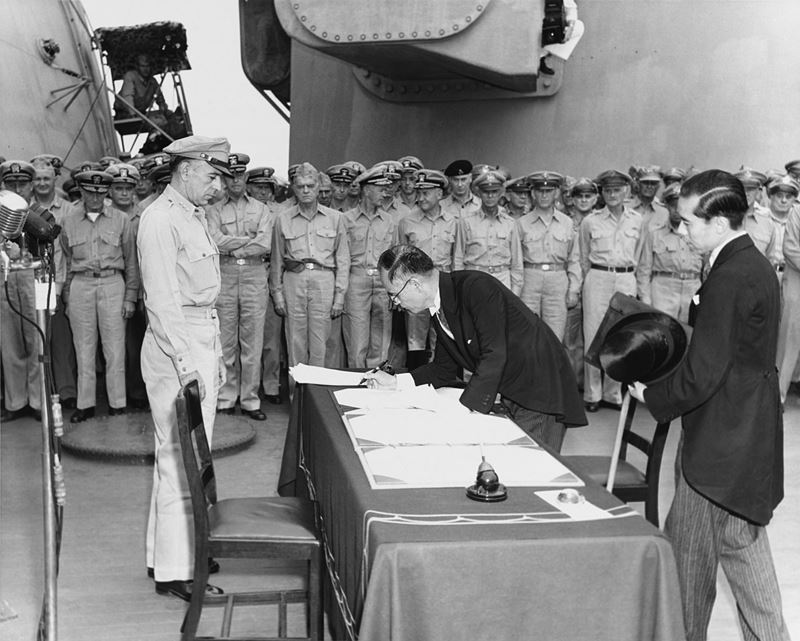
The surrender of the Empire of Japan in World War II was announced by Emperor Hirohito on 15 August and formally signed on 2 September
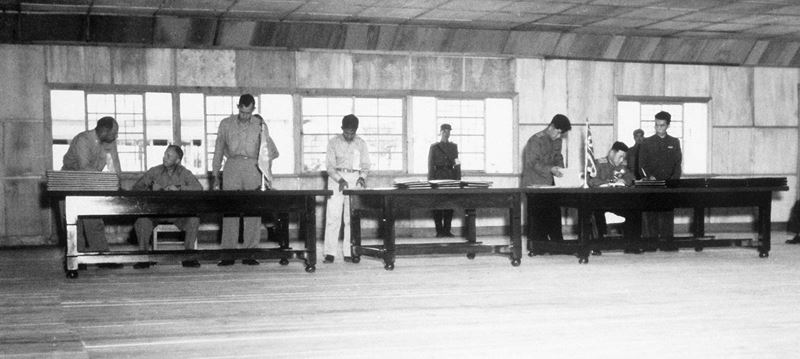
The Korean Armistice Agreement is an armistice that brought about a complete cessation of hostilities of the Korean War. It was signed by United States
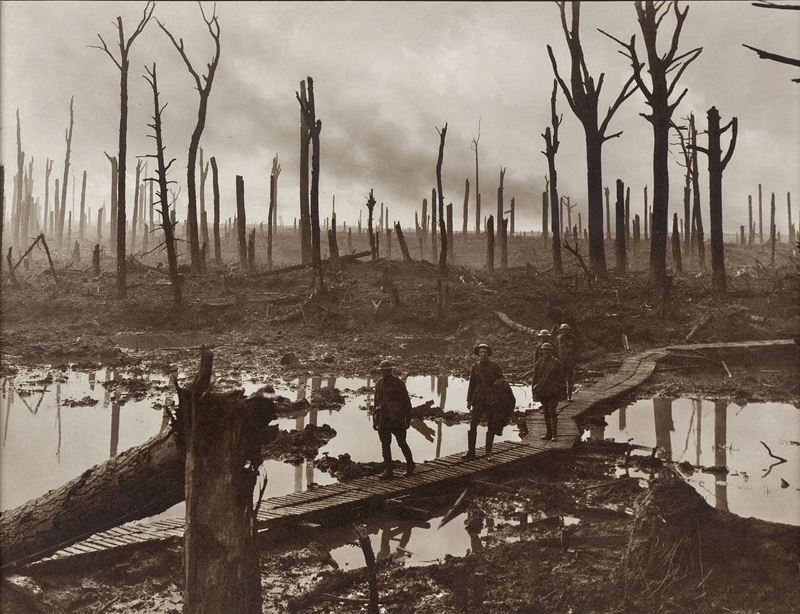
The Third Battle of Ypres (German: Dritte Flandernschlacht; French: Troisième Bataille des Flandres; Dutch: Derde Slag om Ieper), also known as the Battle of Passchendaele
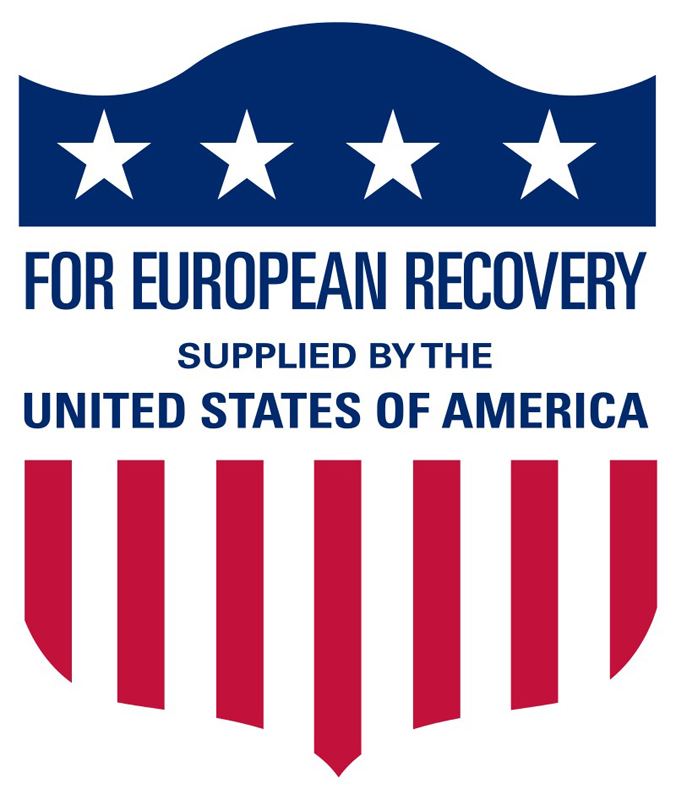
The Marshall Plan (officially the European Recovery Program, ERP) was an American initiative enacted in 1948 to provide foreign aid to Western Europe. The United
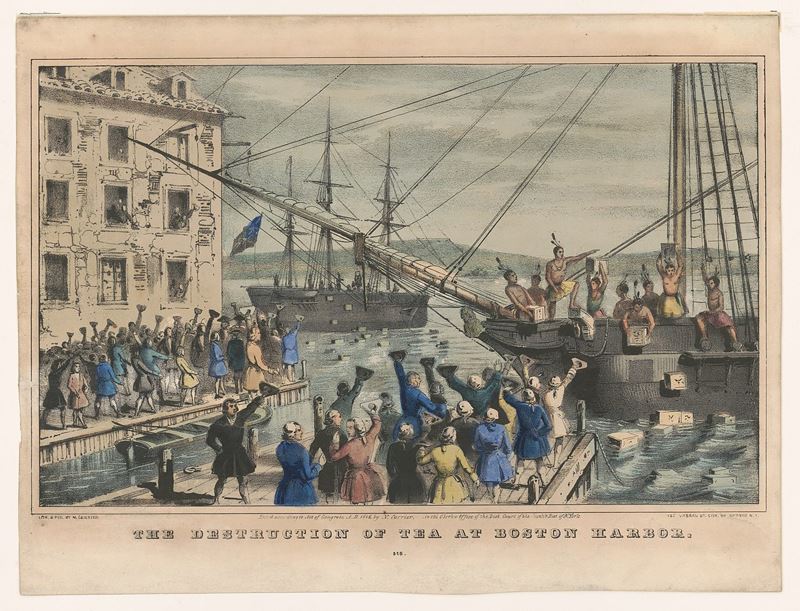
Table of Contents The American Revolutionary War was fought from 1775 to 1783 and resulted in the independence of the United States from Great Britain.
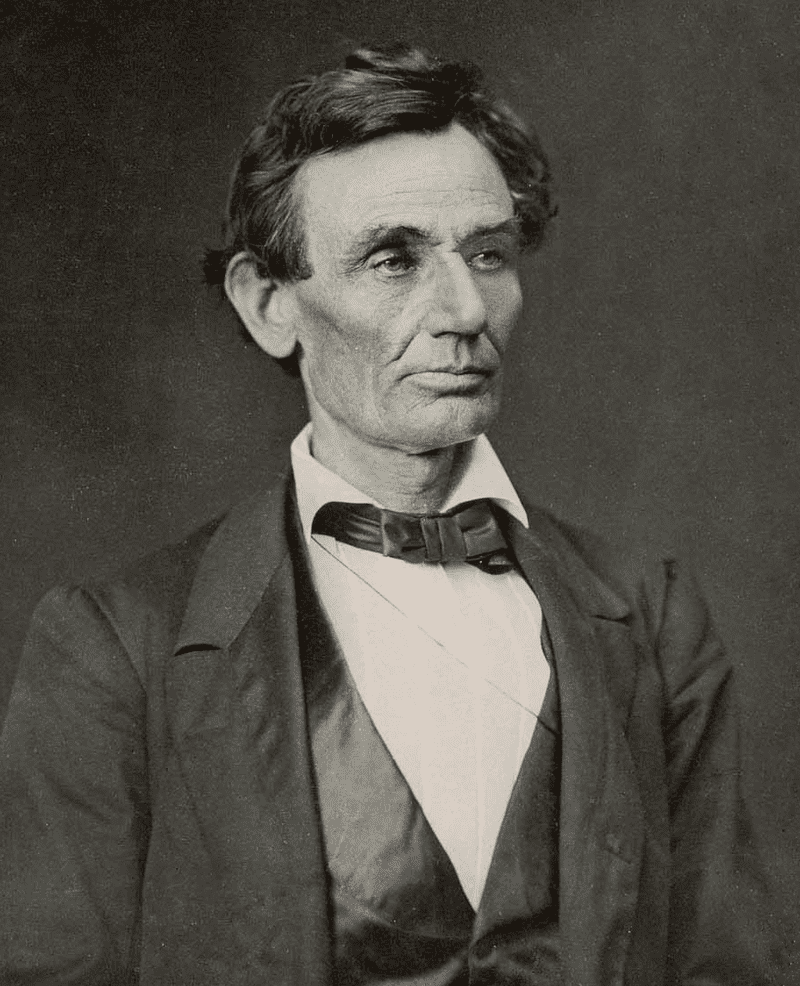
The election of Abraham Lincoln in November 1860 was the final trigger for secession.[109] Southern leaders feared that Lincoln would stop the expansion of slavery
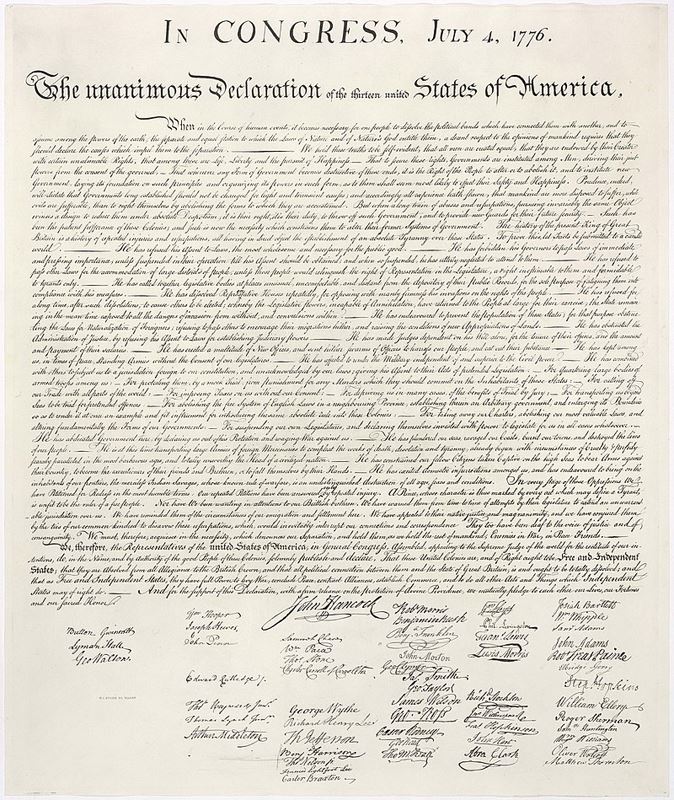
The United States Declaration of Independence, formally The unanimous Declaration of the thirteen united States of America, is the pronouncement and founding document adopted by